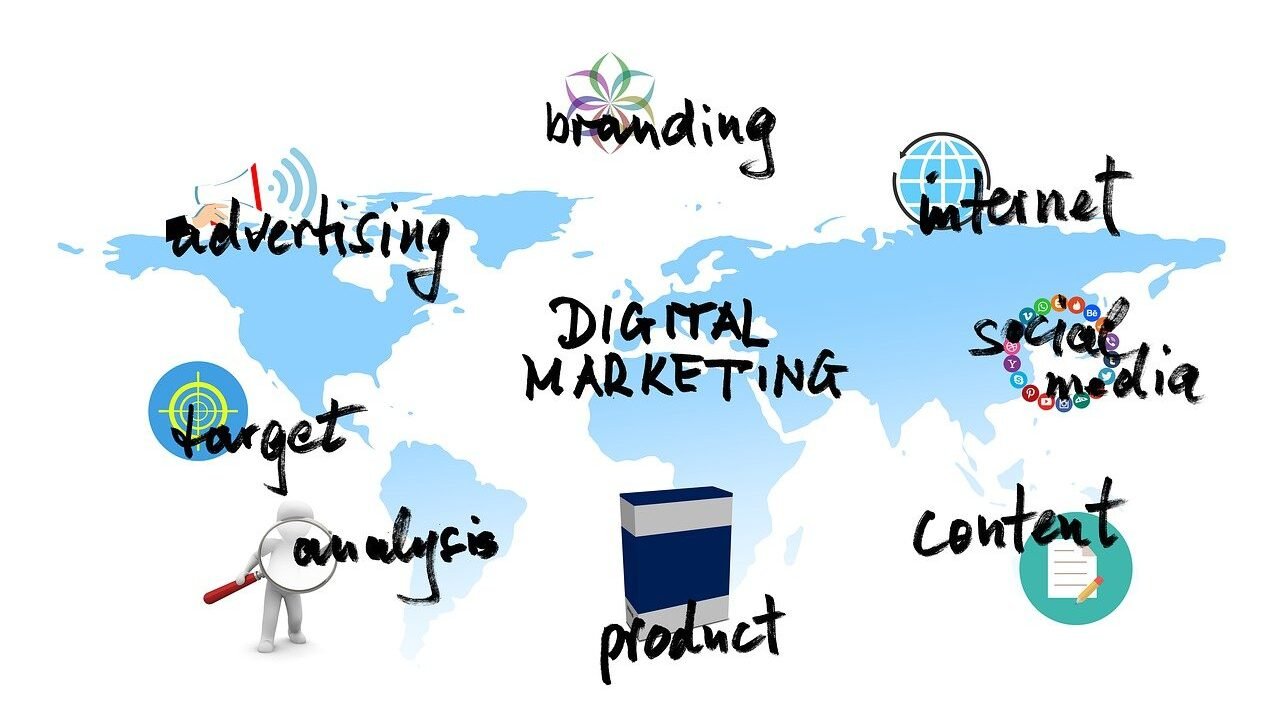Content marketing, product marketing, traditional marketing, digital marketing, social media marketing, and performance marketing are distinct but interconnected aspects of an organization’s overall marketing strategy. Here’s how they differ:
- Content Marketing:
- Focus: Content marketing emphasizes creating and distributing valuable, relevant, and informative content to attract and engage a target audience.
- Goals: The primary goals of content marketing are to build brand authority, educate, entertain, and nurture relationships with potential customers.
- Examples: Blog posts, articles, videos, infographics, ebooks, webinars, and podcasts.
- Product Marketing:
- Focus: Product marketing is centered around promoting specific products or services to target customers.
- Goals: The main objectives are to generate demand, differentiate products from competitors, and communicate their value and benefits.
- Examples: Product launches, product descriptions, pricing strategies, and sales collateral.
- Traditional Marketing:
- Focus: Traditional marketing employs conventional offline channels and methods to reach a broad audience.
- Channels: TV, radio, print media (newspapers, magazines), billboards, direct mail, and telemarketing.
- Goals: Traditional marketing aims to create brand awareness and reach a wide demographic.
- Examples: TV commercials, newspaper ads, and billboards.
- Digital Marketing:
- Focus: Digital marketing leverages online channels and technologies to reach and engage target audiences.
- Channels: Email marketing, search engine marketing (SEM), search engine optimization (SEO), content marketing, social media marketing, and display advertising.
- Goals: Digital marketing aims to improve online visibility, drive web traffic, generate leads, and boost online conversions.
- Examples: Google Ads campaigns, email newsletters, and social media advertising.
- Social Media Marketing:
- Focus: Social media marketing specifically targets social media platforms to connect with and engage audiences.
- Channels: Facebook, Twitter, Instagram, LinkedIn, TikTok, and others.
- Goals: Social media marketing focuses on brand awareness, community building, customer engagement, and driving traffic or conversions from social platforms.
- Examples: Creating and sharing content on social media, running paid social media ads, and engaging with followers.
- Performance Marketing:
- Focus: Performance marketing, also known as data-driven marketing, emphasizes measurable results and ROI.
- Channels: It can encompass various digital channels, including paid search, affiliate marketing, and online advertising.
- Goals: Performance marketing aims to achieve specific, measurable objectives such as lead generation, sales, or conversions, and it often relies on data analysis to optimize campaigns.
- Examples: Google Ads (pay-per-click advertising), affiliate marketing programs, and email marketing campaigns with traceable KPIs.
While these marketing disciplines differ in focus and approach, they often work together as part of an integrated marketing strategy. For example, content marketing can support product marketing by creating informative product-related content, and performance marketing can drive traffic to content or product pages.
The choice of which marketing approach to emphasize depends on your business goals, target audience, and the specific marketing challenges you face.
Modern marketing strategies often incorporate both inbound and outbound elements, but the emphasis can vary depending on the goals, target audience, and industry. Successful marketers consider a balanced approach that aligns with the needs and preferences of their audience while achieving their business objectives.
Inbound content marketing and outbound content marketing are two distinct approaches to content marketing, each with its own strategies and objectives. Here are the key differences between the two:
Inbound Content Marketing:
- Audience-Centric Approach:
- Inbound content marketing focuses on attracting and engaging an audience by creating valuable and relevant content that addresses their needs, interests, and pain points.
- Permission-Based:
- It operates on the principle of gaining the audience’s permission to engage with them. Inbound marketing aims to pull in the audience by offering content they willingly seek.
- Content Distribution:
- Content is typically distributed through owned channels, such as blogs, social media, email newsletters, and websites. It’s optimized for search engines (SEO) to increase organic visibility.
- Content Types:
- Inbound content often includes educational content, how-to guides, blog posts, ebooks, webinars, and other resources that provide value and solve problems for the audience.
- Engagement Metrics:
- Success is measured by engagement metrics, such as website traffic, time on page, bounce rate, social media shares, and email click-through rates.
- Relationship Building:
- Inbound content marketing focuses on nurturing relationships with prospects and customers over time, often through lead generation and email marketing campaigns.
Outbound Content Marketing:
- Promotion-Centric Approach:
- Outbound content marketing involves pushing content and promotional messages to a broad audience, often without their explicit consent.
- Interruption-Based:
- It relies on interrupting the audience’s current activities to capture their attention, such as through display ads, TV commercials, or cold calls.
- Content Distribution:
- Content is disseminated through paid advertising channels, including display ads, TV, radio, direct mail, and telemarketing. It may also include sponsored content and native advertising.
- Content Types:
- Outbound content often includes promotional messages, advertisements, press releases, and other content designed to create awareness and generate leads or sales.
- Engagement Metrics:
- Success is measured by metrics related to reach and visibility, such as impressions, reach, click-through rates (CTR), and conversion rates for leads or sales.
- Short-Term Focus:
- Outbound content marketing tends to prioritize immediate results, such as generating leads or driving sales, rather than long-term relationship building.
In summary, the primary difference between inbound and outbound content marketing lies in their approach to engaging the audience. Inbound marketing aims to attract and engage a willing audience by providing valuable content, fostering relationships, and earning permission. Outbound marketing, on the other hand, relies on promotional messages pushed out to a broader audience, often through paid advertising, and it may involve interruption-based tactics.

Leave a Reply